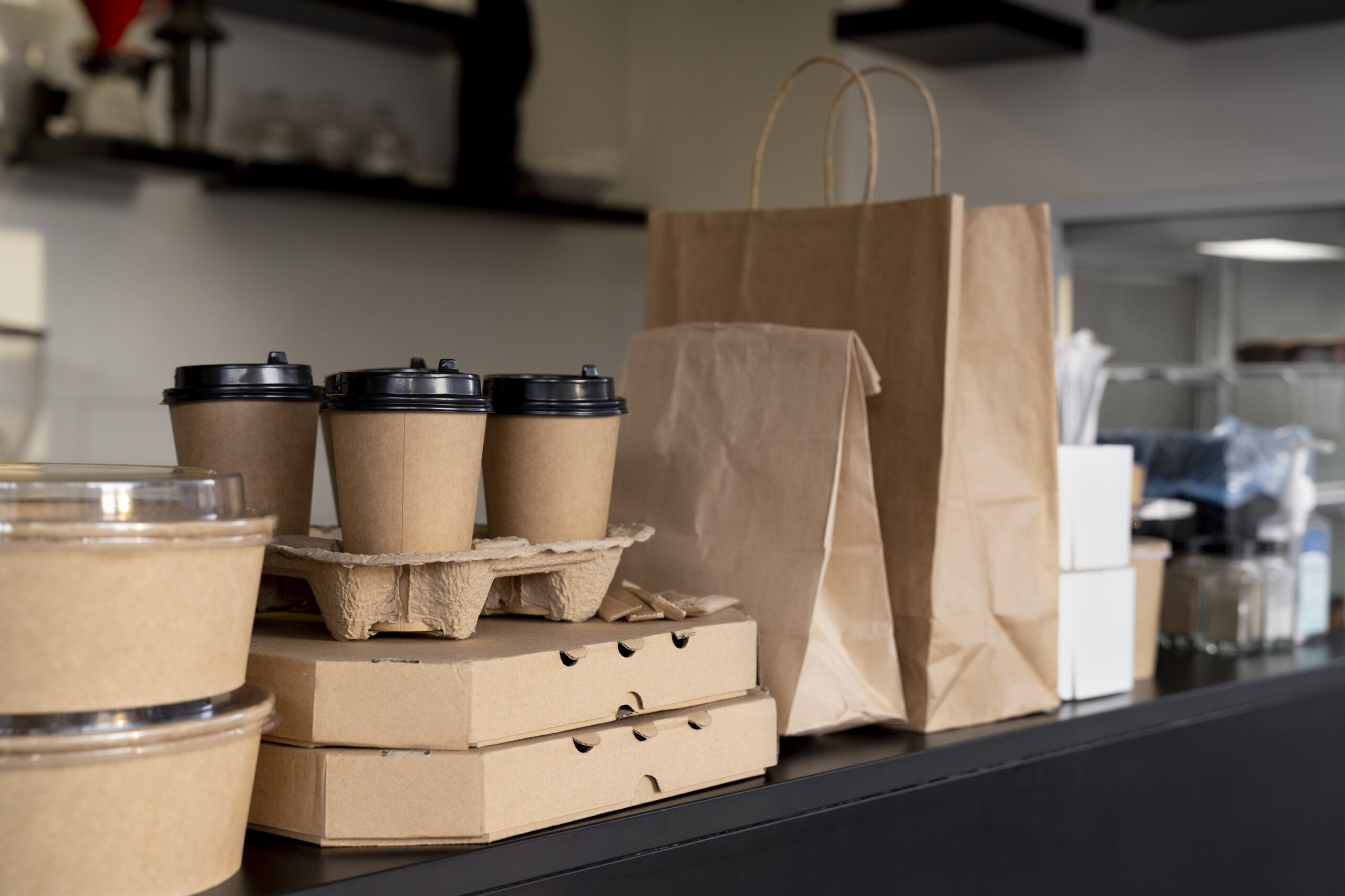
Packaging trends in 2024
Juanjo Guisado
In this year 2024, the packaging industry is at a crucial point in its evolution, characterized by the push for innovation and sustainability. In this article, we will examine the outlook for change to 2024, emerging demands in the sector, and the implications of new regulations to come.
Changes and demands of the sector:
The packaging industry has stood out as a sector in constant evolution, adapting to changing consumer preferences and market dynamics. The global packaging market is expected to continue expanding at a rapid pace, with a compound annual growth rate of 3.94% through 2027.
Sustainability has become a key factor in this industry, influencing consumer purchasing decisions and leading to greater innovation by companies. Print technology is transforming the relationship between brands and consumers, enabling detailed personalization and direct communication.
Finally, flexible materials are being chosen for their profitability and efficiency, responding to the needs of both producers and consumers. The growth of e-commerce has reconfigured the supply chain and packaging, creating a greater need for safe and efficient packaging solutions.
Innovation and materials
As we have mentioned previously, there is a clear trend towards sustainability. A large number of professionals show a willingness to pay more for recycled materials, either because of their quality or because of the belief in their environmental benefit. This inclination reflects a growing awareness of the environment and a demand for materials that are respectful of it, without sacrificing product quality.
Furthermore, the adoption of innovative technologies in packaging design, such as the use of additives developed from natural sources, is widely recognized. These advances are valued for their ability to reduce waste, improve the quality and resistance of products, as well as to differentiate them in the market. This highlights the importance of materials innovation not only in terms of sustainability, but also to improve product quality and market positioning strategy.
Normativity and regulation as a challenge:
The European PPWR regulations (Packaging and Packaging Waste Regulation) is a regulation of the European Union intended to boost the circular economy, reduce waste and improve recycling. Adopted on October 2, 2023, it arises in response to growing concerns about excess packaging, pollution and the low recycling rate.
Aiming to convert all packaging to reusable or recyclable by 2030 in an economically viable way, the PPWR aligns with the European Green Deal and other EU environmental and trade policies. This regulation affects a wide range of packaging, including takeaway products, physical points of sale and online stores, marking the first time that a regulation covers e-commerce packaging.
Specific objectives of the PPWR include reducing packaging waste to 15% by 2040, promoting the recyclability of all packaging by 2030, increasing the use of recycled plastics in packaging and establishing clear labeling to facilitate identification and proper recycling. . This regulation also addresses packaging of biological origin, biodegradable and compostable, ensuring its management within a circular and sustainable economy.
In conclusion, the packaging industry faces significant challenges and opportunities, driven by demand for sustainability, technological innovation and evolving consumer patterns.

